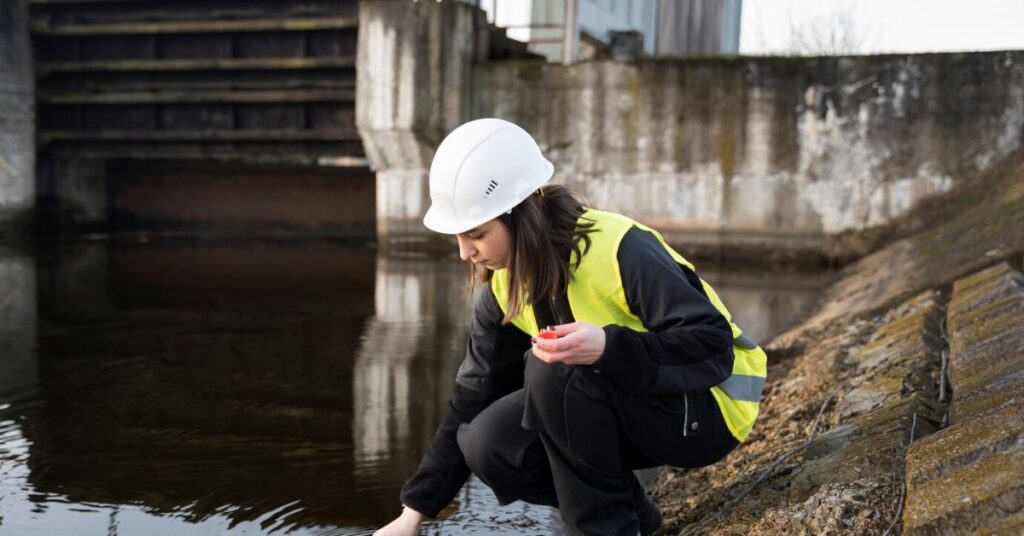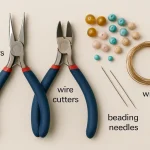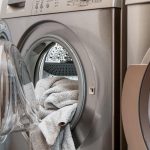Are you plagued by blocked drains, damaged pipes or tree roots invading your Sydney property? You may need a trenchless solution to repair your drains. Unsure of what is involved? I’ll walk you through every step of the drain relining sydney procedure so you can be prepared.
Each step in a typical drain relining project will be explained, from inspection and preparation through to pipe cleaning and using CCTV. We will examine the materials and equipment that licensed drain relining technicians use to restore pipes without having them dug up. After reading this article, you’ll have a better understanding of the modern pipe renovation technique. Read on to find out what does drain relining in Sydney look like:
Drain Inspection and Diagnosis
Drain technicians will first perform a camera inspection to determine the extent of damage and whether relining would be appropriate. This CCTV pipe inspection involves:
- Inserting a flexible cord with a camera at the end of it into the drain’s access point
- It is important to guide it through the drain in order to inspect the condition of the pipe interior.
- Finding cracks, fractures or root invasions.
- Identification of pipe diameter and material
- Recording video footage for diagnostic analysis
The technician can then recommend the trenchless repair that is best suited to the problem, whether it be lining, patching, or pipe bursting. Relining can be the best solution for pipe sections that are in good structural condition.
Pipe Cleaning and Preparation
Drain relining must be determined to be the best repair. Pipes need to be cleaned and prepared. This includes:
- Jet washing interior pipe walls with high-pressure jets
- Remove any grease, debris and roots masses
- Remove all obstructions to allow the pipe to accept liner
- Trimming the roots that grow around pipe joints
Cleaning the pipe thoroughly exposes it to adhesion, and removes any contaminants that may cause liner separations or future blockages.
Custom Liner Design
With the pipe condition and layout mapped by CCTV, technicians design a custom CIPP (cured-in-place-pipe) liner sized exactly to your pipes. The design factors include:
- Pipe diameter and length
- Bends, junctions, and other defects that require extension
- Material – glass, carbon fiber or felt
- Specifications for desired liner strength
A sophisticated software program automatically models the liners and cuts them to length. Custom fit ensures excellent performance.
Inserting and Curing Liner
The folded, resin-saturated liners are inserted at the site via manholes or other access points. The insertion method varies depending on the pipe size.
- Smaller pipes <= 12″ use hand-winch pull-in ropes
- The larger pipes can use water or air inversion pressure
After the liner is fully installed, UV light, steam or water under pressure cures it and makes it hard. This creates a seamless, new pipe within a pipe. The curing time ranges from 2 to 6 hours.
Reopening Service Lines
Final step: Reopening service line connections, lateral drains and other areas that were sealed up during the lining process. The technicians use a robotic remote cutter to reopen these openings, based on the video footage captured during inspection.
Your drains will be like new once the laterals have been reopened and the lining completed! The pipes have been re-lined and are smoother and stronger. They also flow like clockwork.
Drain Relining is Better than Traditional Repair
Relining is a better alternative to the traditional methods of drain repair in Sydney, such as pipe replacement and pipe bursting.
- No digging or demolition
- Completion times of 1-3 days
- Traffic, landscaping and structures are less disturbed.
- Pipe life extended by 50+ years
- Save 50% on replacement
- Prevention of future root and debris damages
- Reinforcement of existing pipes
- Comprehensive warranties provided by licensed providers
Relining underground pipes can bring them back to life.
Drain Relining Does Not Always Work
Drain relining may be a good option in some situations, but not all. The following limitations apply:
- Pipes that are severely damaged, crushed or misaligned
- Pipes less than two inches in diameter
- Non-circular pipe shapes
- Metal pipes that are highly corroded or calcified
- Partial pipe blockages pre-cleaning
- Access to equipment is inadequate
If there is major structural damage, or if the conditions are not favorable, then pipe replacement, or point repair, may be a better option. Drain inspectors are able to provide the best advice for your situation.
Conclusion
This overview for beginners should give you a good idea of what drain relining is and what to expect from the beginning. It’s a complicated process but in the hands of a professional, it can be a cost-effective and efficient method for restoring pipes.
When your Sydney drains begin to gurgle, consider drain relining. You may be surprised to learn that these pipes can be given a 50-year new lease of life by trenchless repair experts.







